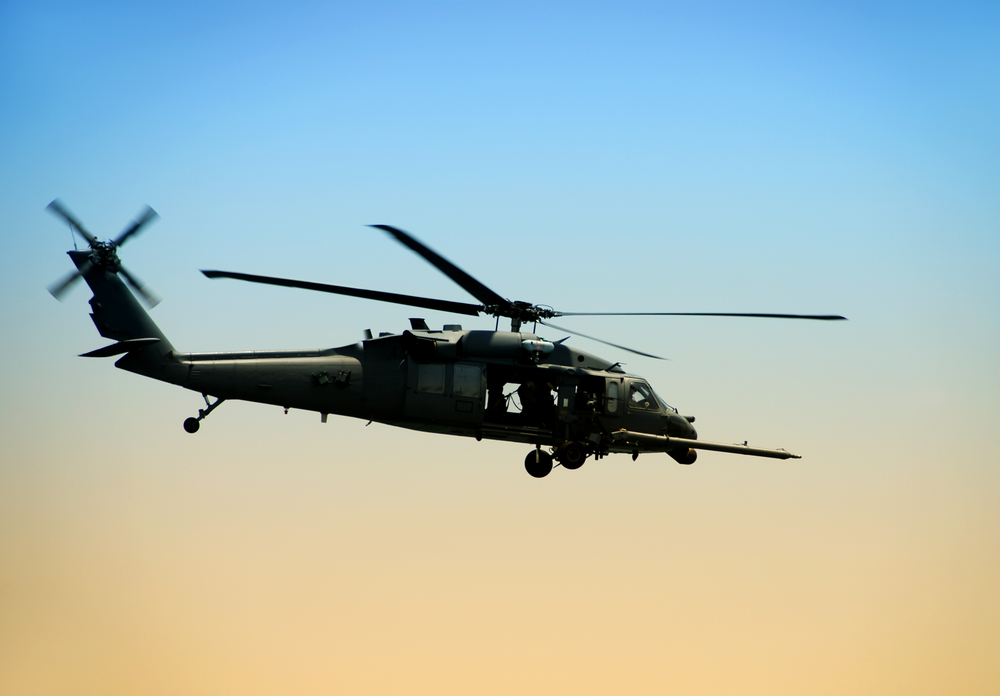
The Sikorsky unit at Lockheed Martin just won a new five-year contract to build 120 H-60 Mike-model Black Hawk utility helicopters. This marks the 10th such contract for the airplane manufacturer; and not only does it have an impressive price tag of $2.3 billion but there is an option to supply another 135 aircraft for the Army and other customers connected via Foreign Military Sales.
At the end of the day, the full contract could carry a value of $4.4 billion, if they exercise all of the options. Regardless of the extent, primary delivery of the aircraft will start some time next month but will continue through 2027.
Col. Calvin Lane is the Utility Helicopter Project Manager for the Army. He explains, “This Multi-Year agreement allows the Army to meet current and future capability needs through upgrades, remanufacturing, replacement, and technology insertions.”
He also celebrates the efficiencies of this contract, commenting that they will be able to make the best use of their limited resources. This, of course, should result in direct savings to both the US Army as well as US taxpayers.
That said, neither the Army nor the Sikorsky unit was willing to disclose the amount of savings this five-year deal will generate.
Mike-model Black Hawk utility helicopters (M-model) first came to the field in 2007. This is nearly three decades after the 1978 launch of the Alpha-model. This makes the M-model the most recent update to the famous aircraft. This variant adds new capabilities like improved situational awareness and a bigger payload capacity.
On top of this, Black Hawk helicopters are scheduled to get another new updated through the Army’s Improved Turbine Engine Program. Developed by the Aviation division at General Electric, this upgrade will allow the Army’s powerful work-horse of a helicopter to fly for at least a few more decades. The first of these engines is currently in government testing.
